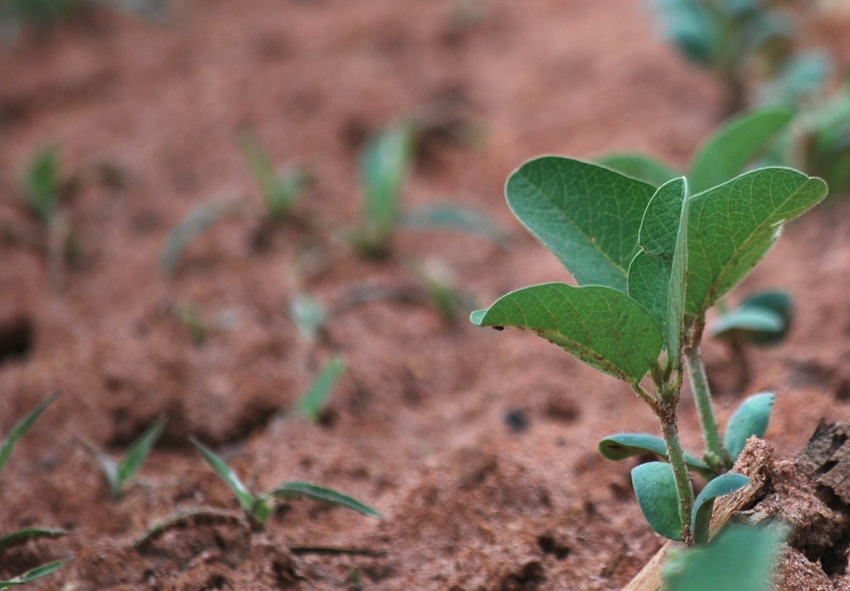
“Remain vigilant,” I say whenever I am in front of growers. Effective pest management requires recognizing situations favorable for outbreaks BEFORE the problem is established in the field.
Such conditions could include onset of wetter and colder or hotter and drier weather conducive for specific diseases. Also, growers planting a disease-susceptible variety should anticipate using fungicides appropriate to protect the crop. Planting on a short rotation increases risk to nematodes and to many diseases. Scouting and preparation for aggressive management programs are key components to vigilance.
Ask a peanut farmer about Tomato chlorotic spot virus or smut, and you will receive a look of uncertainty. Ask a cotton grower about Fusarium oxysporum f. sp. vasinfectum Race 4 or Cotton leaf crumple virus, and they may shrug their shoulders. None of these four diseases currently affect our growers, but one day they could.
Four Diseases
Tomato chlorotic spot virus has been identified in Haiti infecting peanut plants. Peanut smut (Thecaphora frezii) is a major production issue in Argentina and efforts are being made to minimize the chance that it will be introduced here through imports.
Fusarium Wilt is a real problem in the southeastern US; however, Fuarium Wilt (Race 4), which does not need a nematode partner, is found in California and has been recently detected in the EL Paso area of Texas. Likewise, Cotton leaf crumple virus, spread by whiteflies, is a problem for cotton in Arizona. During the whitefly outbreak of 2017, we were worried that this disease was present in Georgia and Alabama, but such was never confirmed.
Vigilance among farmers can be discussed at three levels.
The first level is to become aware of pests that are not yet known here, but that could be introduced through trade, movement of soil, or by other means. The diseases mentioned in the previous paragraph fall into this category; not yet here (hopefully) but potentially severe if introduced. Vigilance in this case requires not only an awareness of the problem, but also ensuring that those who influence quarantines and protection at our borders are vigilant.
The second level of vigilance is to prepare for diseases that have been a problem in the past, but for whose timing of re-introduction is not known. For example, freezes earlier this year have driven Asian soybean rust and southern corn rust from most of our production areas. Establishment of sentinel plots will give growers early warning for their reintroduction.
Bacterial blight of cotton had nearly been forgotten in Georgia, largely because the long-dominant DP 555 BG/RR was resistant to this disease. Many, including myself, were caught by surprise when this disease re-emerged recently, though we should not have been. I failed to recognize that many of the varieties that replaced Triple-Nickle were susceptible to bacterial blight and that re-emergence of this disease was likely inevitable.
The third level of vigilance is to recognize that there are pathogens in our fields that have not caused problems lately, but that could, given the right conditions, emerge quickly.
Quiet For Now
Cylindrocladium black rot (CBR) is a disease that affects peanuts and soybeans, but it has been quiet in recent years. The fungus is still present in some fields and it could become a problem again, fueled by cool, wet soils at planting and short rotations with peanuts and soybeans.
It has been reported that in the 1930s and 1940s, the lesion nematode (Pratylenchus sp.) was a problem for peanut growers. However, lesion nematodes have been much less of a concern since then. In 2017, an association was found between pod losses and higher levels of lesion nematodes in fields otherwise free of disease. Vigilance is now important to determine if, in fact, this nematode is truly more of a problem than has been observed in many years.
Vigilance in our daily lives can help to protect against diseases and other threats that surround us. Vigilance in the fields can lead to better management of diseases and nematodes, as well as greater profits for the growers.
About the Author(s)
You May Also Like






